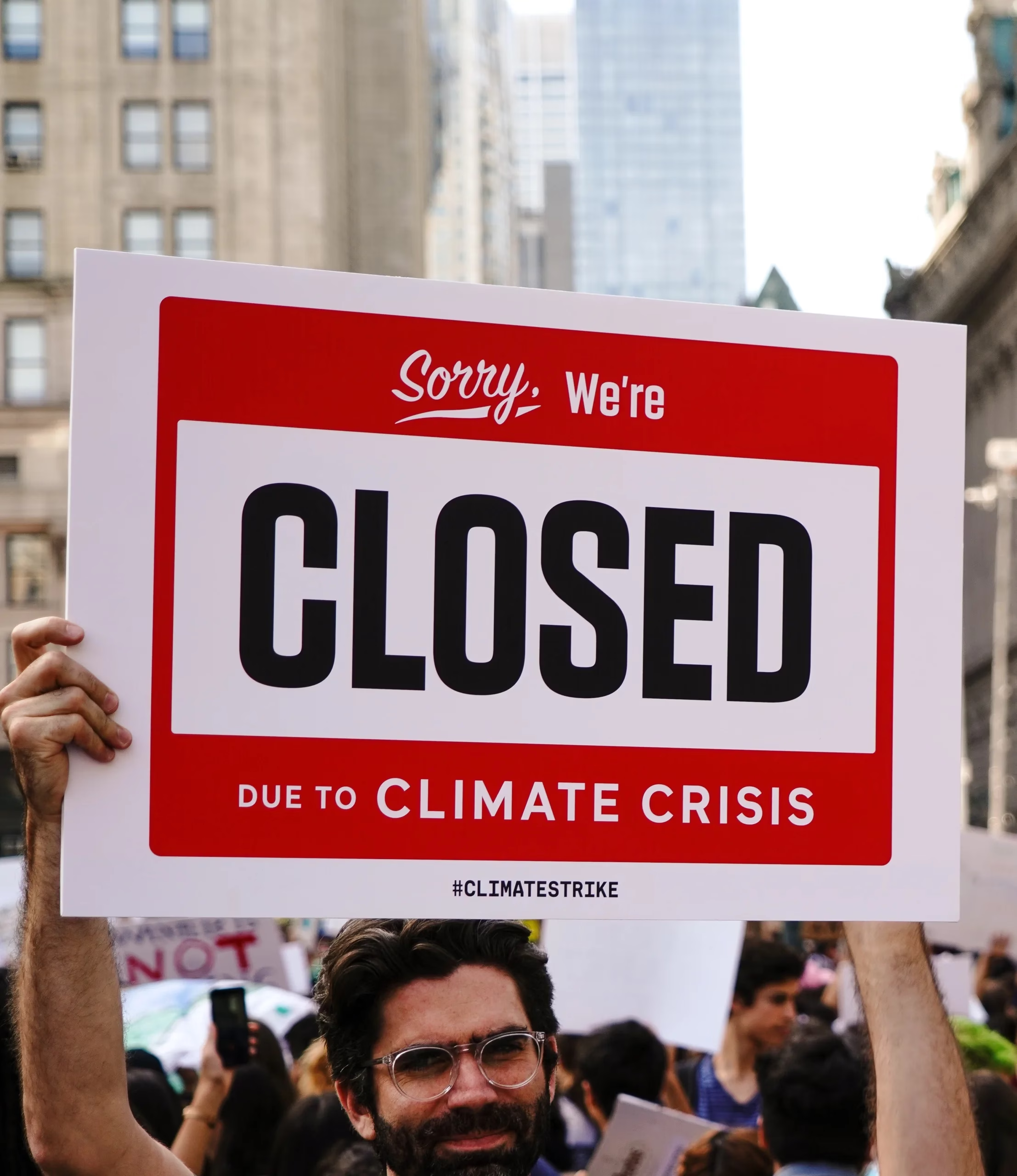We spend a lot of time at Lumi reading articles and watching videos about single-use plastic. It’s all bad news. The ones that get us riled the most are the promotional spots trying to polish single-use plastic’s reputation. Plastic had an easy ride for much of its 9.2-billion-ton existence and its trail of destruction has taken a long time to catch up. But with constant reminders of ocean gyres spinning with trillions of bits of plastic waste, or the nano plastics in our food chains and newborns, the plastics industry is getting desperate to distract us.
One of their favorite distraction techniques, believe it or not, is to talk about carbon footprints. Why would they prefer that? Well, by cherry-picking their data and just ignoring the entire calamity of plastic pollution in our air, water and soil, there’s a brief moment where the impact seems almost reasonable. It’s nothing more than a headline, but it takes our focus off the surging levels of toxic micro-plastics.
Carbon footprints will change over time as renewable energy starts to dominate. Microplastic contamination will never go away.
Single-use Plastic Can Never Have a Lower Carbon Footprint Than Aluminum
If you ONLY look at the initial factory process that creates the raw plastic or aluminum, and you assume that both industries will ONLY produce the same amount of virgin material each year then, sure, single-use plastic would register as slightly less carbon-intensive. But that’s a fantasy scenario, and here’s a long list of reasons why.
Aluminum is infinitely recyclable and 80% of U.S. annual aluminum production comes from recycled metal. The beauty of it is, once aluminum is first milled, recycling it uses just 5% of the initial energy and creates a tiny fraction of the carbon. Plastic doesn’t even come close to these numbers. New supplies are constantly necessary because of its dismal 5% recycling rate. The few versions that can be recycled require a whopping 67% of the energy used in the primary cycle – that’s about 13x more than aluminum. But the Plastic Council doesn’t focus on that particular detail.
Origin Stories
Let’s look outside the factory walls to see where things really run off the rails. Single-use plastic predominantly comes from cheap methane that’s processed into feedstocks – the building blocks of plastic. By itself, this is an energy-intensive process requiring drilling derricks, pipelines, and pumping stations.
Never mind bio-based sources – those are just 1-3% of the market and have their own energy-intensive farming needs. They can’t be recycled and are rarely composted.
But the real carbon budget-buster that “Big Plastic” wants to whitewash is the methane leaking from all those drill sites around the world. Methane leakage has been revealed as one of the single biggest threats to bringing greenhouse gas emissions under control. It’s no surprise that if you punch a hole in the ground or resort to fracking – hydraulic fracturing ‒ to release a stream of high-pressure gas, it will escape through any available opening whether it’s inside the driller’s pipe or not.
Hell Hath No Fury Like a Methane Leak
For a long time, leakage assessments relied on a dubious EPA estimate of around 1.5%. But a recent Stanford University study of 26,000 gas wells observed the leakage to be around 9% of the total drilled – six times worse! Meaning, for every eleven cubic meters of gas pumped from the ground, one cubic meter escapes into the atmosphere. Just imagine any other business losing one of its products after each eleven it makes. And since methane is about 80x more potent than CO2 and responsible for 25% of the Earth’s climate heating, it’s a massive planetary problem. Welcome to step-one of making plastic.
Plastic manufacturers won’t count the billions of cubic meters of escaped methane in their carbon footprint calculations – even though those gases only exist because of plastic use.
Now brace yourself for another single-use plastic “oopsie.” Those products can’t be recycled more than once or twice, which may help explain the dismal 5% domestic recycling rate ‒ why bother collecting it? Of the tiny 5% that makes its way back, it all gets downcycled – meaning, it converts to something less valuable than it started as. So single-use plastic relies on primary generation for almost 100% of new supplies ‒ which demands the highest amount of energy and triggers more methane leaks.
A Good Time to Mention, Aluminum Takes a Smaller Slice
By the way, the primary milling process for aluminum uses just 90% of the energy of plastic production. Its main impact comes from electricity which, over the next 7-10 years, will increasingly come from virtuous, renewable sources to make the process cleaner. Plastic will still be hooked on leaky methane.
So, seriously, why does Big Plastic ever mention carbon? Whelp, they hang their collective hat on a quirk in making aluminum that can cause a bump in GHG emissions – but the only chance for it is in the first round of production, not during recycling. Separating pure aluminum from the oxygen molecules that attach to it in the ground requires electricity and a chemical called PFC, which has a high CO2 equivalence. Sometimes a small amount of PFC can escape from the machinery, so assigning a CO2 rating for that potential leak allows the plastic industry to suggest a higher carbon footprint.
But their math breaks down immediately after that. Remember, domestic aluminum on average is comprised of 80% recycled and 20% new content, and recycling it uses just 5% of the energy needed to create it the first time. So, 80% of our aluminum products are comprised of low-carbon recycled material and “topped-off” with a bit of the new stuff. Plastic is almost always entirely new and uses 16x more energy than aluminum recycling. In a real-world scenario, there’s just no comparison.
On top of that, Big Plastic’s 9% lurking methane leaks (80x CO2’s potency) stay attached to its every claim.
95% of our single-use plastic goes to the landfill; 76% of aluminum gets recycled globally.
To recap: energy-intensive plastic causes massive methane leaks and can barely manage to recycle itself. Energy-intensive aluminum uses electricity, heat and time to achieve its useful form, and then gets recycled forever in a low-energy process that will eventually just use renewables.
Once people start to focus on all of this, I wonder what the plastics industry will want to talk about. Maybe all those spinning gyres of plastic waste?





